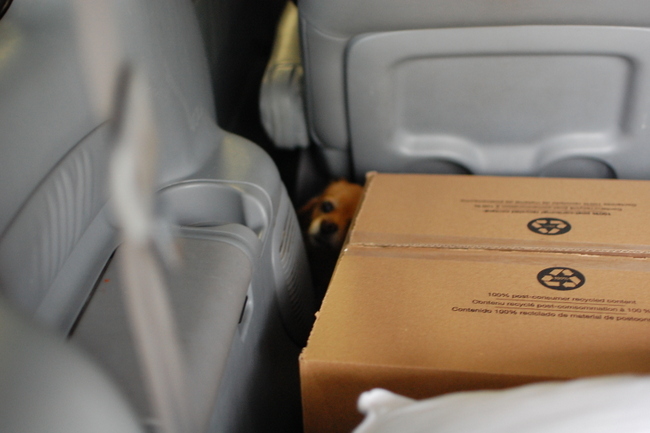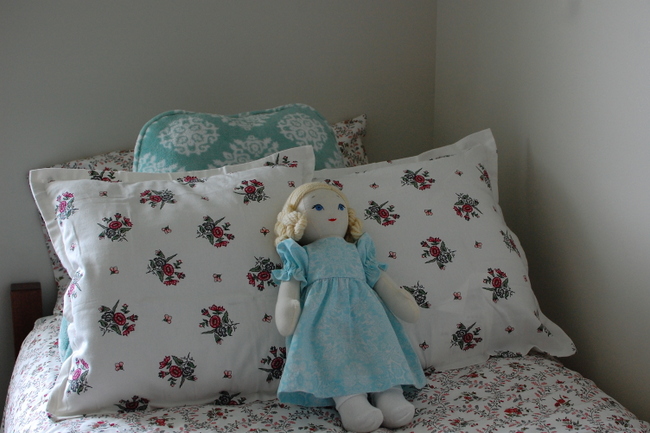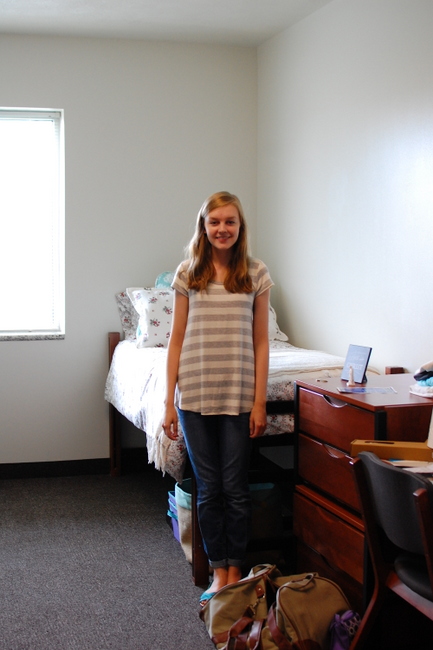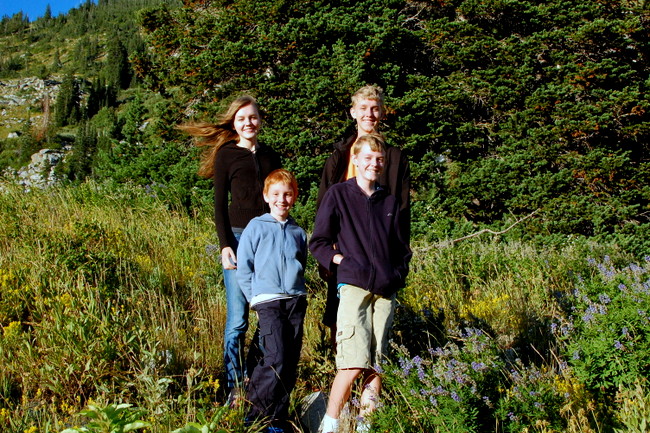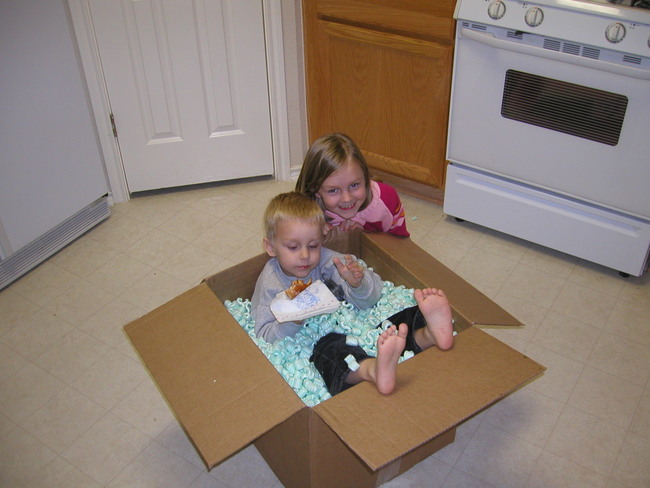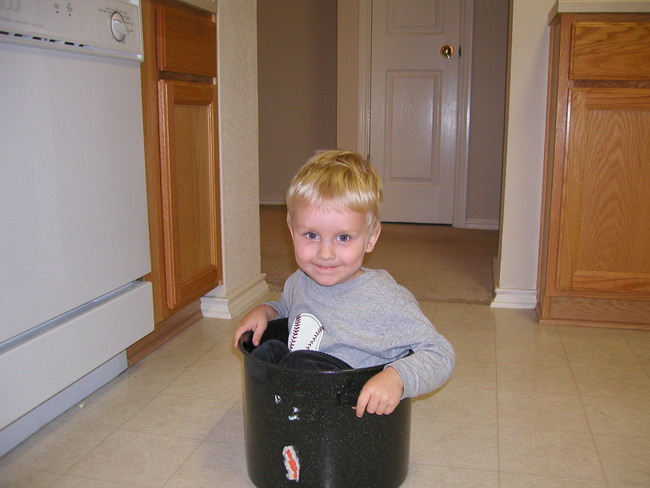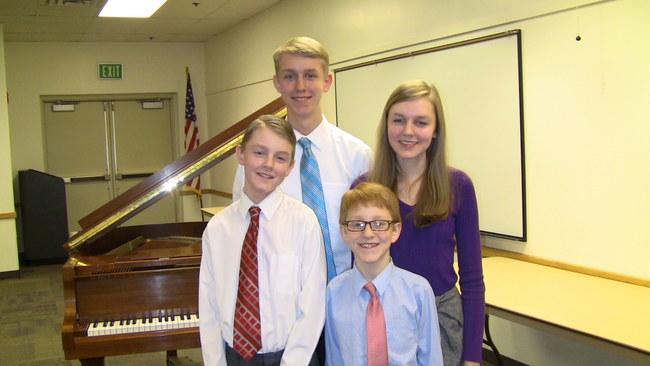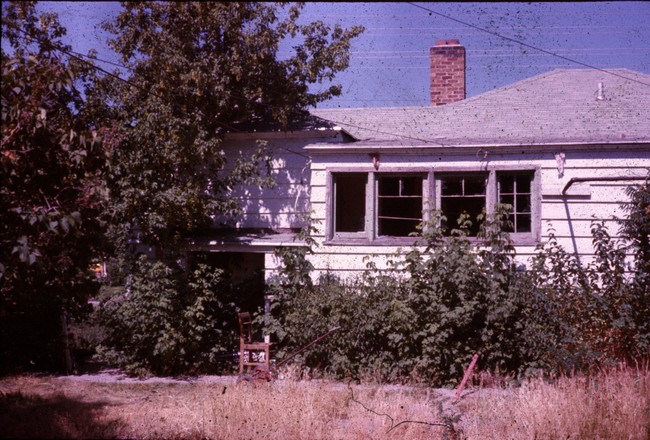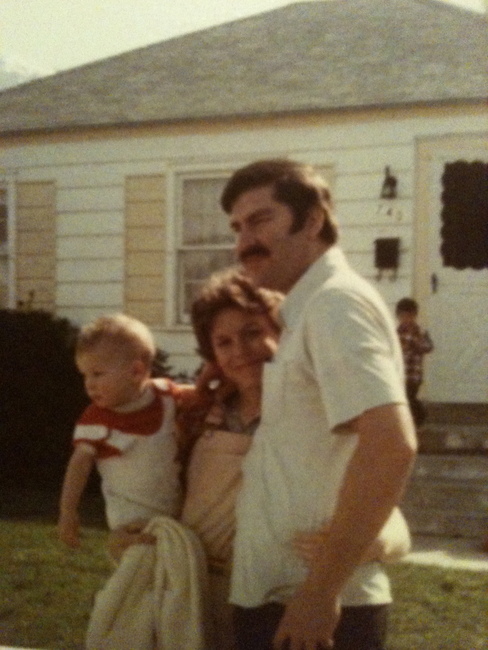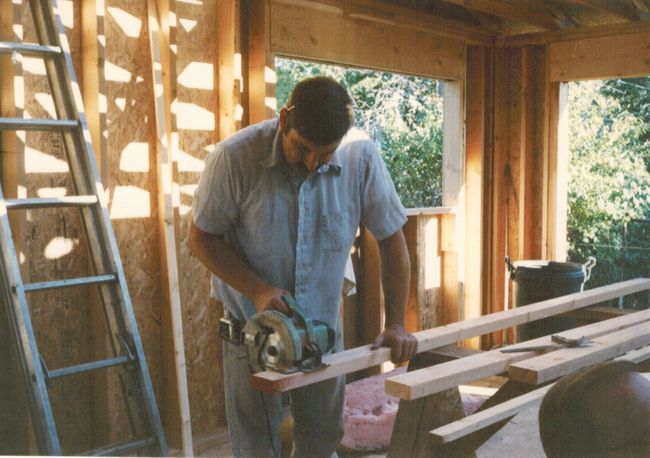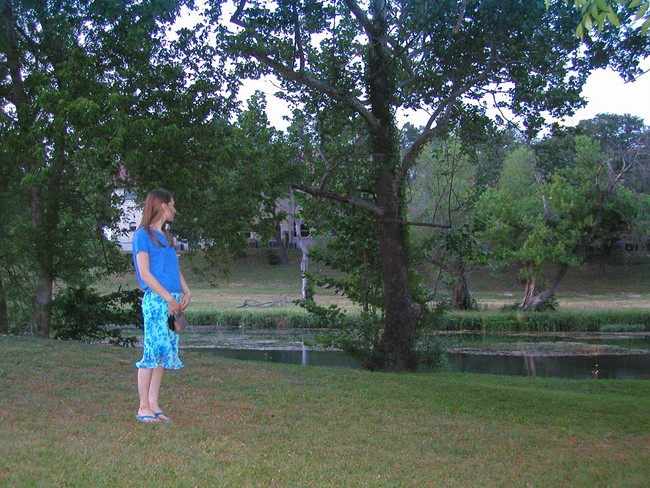
One of the requirements in the Personal Progress program for young women in my church is to interview a mother to discover qualities that are important in motherhood. Paige interviewed me and she took some notes. When we were finished, I asked her if anything I said was a surprise to her. She said that she was surprised by my answer that women need to be prepared to be lonely at times.
When is it lonely to be a mother? And is loneliness all bad?
I remember pushing Paige in the stroller on a walk through the frost-covered neighborhood when she was 2 or 3 months old. She was bundled up in a fuzzy pink body coat with white trim around the face. I was distraught and I berated myself, “What kind of mother are you, letting things go so far without calling a doctor?” She had a red blister that was oozing and sensitive. Somehow my worry didn’t translate into courage to call her doctor and have it looked at. I felt immature, scared, and alone that day, but my walk and harsh self-talk helped me to call the doctor when I got home. It all turned out just fine.
I was young. None of my closest friends were even married. I was teaching Primary on Sundays and this didn’t bring me any close friendships with other women. Richard was at school and work all day and into the night. I had to figure out what kind of mother I would be during those early months on my own. It was hard, but not bad. If I hadn’t been a little isolated, the shock of moving to a new state later that year would have been more difficult. Every new mom is going to feel alone in decisions sometimes, isolated physically from friends and family, and it’s an opportunity to grow.
I remember the week when Paige’s best friend went to Kindergarten. We had decided to keep Paige at home and begin home schooling. Our decision had been considered carefully, but when the reality hit that Paige wasn’t going to be in Kaitlyn’s class and have a sleep mat and a cute backpack and be in a sea of children on the playground, that felt lonely. I learned from this lonely time (before we found home school groups) that it takes courage to be different than everyone else in the neighborhood and church. I learned not to care so much about what other people did and to focus on what my children needed. Loneliness led to many great family memories and education adventures.
Years later in Arizona, I was one of the oldest mothers in our church congregation. There weren’t many girls Paige’s age at church, and just a few boys for Daniel to play with. The home school community was split down a religious divide and Mormons were excluded from the most dynamic and well-attended home school group. I was isolated by age and my beliefs from groups of women who loved one another at church and school.
There were many days where I felt lonely, but poured my energy into leading art and science lessons for 30 families at our community center. I became a community leader through my isolation. I didn’t have a lot of chit-chat at church with younger women. However, I had long, important talks with many of these young mothers, one by one, when they asked to visit our home to learn about parenting or home school. I became a mentor in my early thirties.
In retrospect, I don’t think the kids would agree that the years in Arizona were a lonely time. I made sure they were with other children every day. But it didn’t always follow that I had friends, too. I learned to be strong in my parenting during those years and I dedicated my energy to my family and my community. This helped me to avoid feeling sorry for myself. Loneliness and isolation worked to our benefit once again.
Here are some lessons that I learned from loneliness:
Some loneliness comes from the idea that we can only be friends with people our age, in similar circumstances, and neighborhood. Not finding friends in the immediate area, I became friends with people in a larger radius. I became friends with women who were old enough to be my mother and grandmother. I became friends with people of other faiths. I am so grateful for my diverse set of friends!
Loneliness is an attitude. Isolation is often a choice. I didn’t have to be lonely. I learned to go on walks, talk to people at parks, be assertive, and dream about ways to make the community stronger, then go out and do it.
Everyone wants kind neighbors. I have tried to be a good neighbor. A plate of cookies or a loaf of bread have been great ways to begin a relationship with people.
When you are lonely, this is an opportunity to grow in courage and ability. Because I was lonely, I learned to depend on my Heavenly Father more than myself. I learned to depend on my husband more than friends. I learned that I could do hard things. I learned new skills. I grew strong because I needed to be strong.
Loneliness is a sign we need to reach out. Loneliness can be a catalyst for great experiences and friendships. I am thankful for the experiences I sought because I was lonely.
